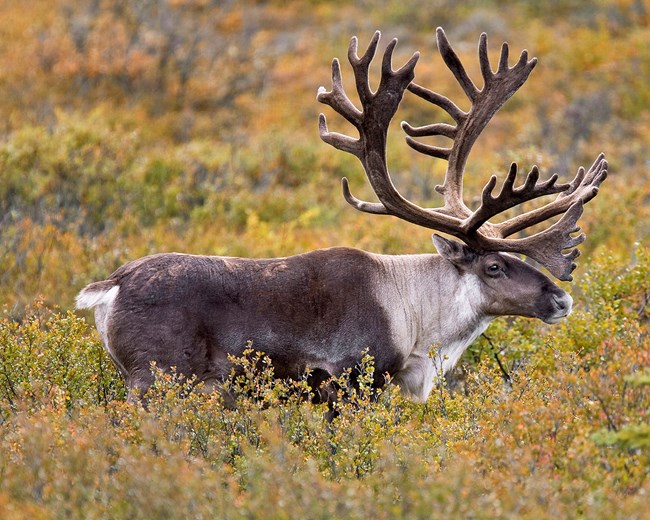Opabinia

Opabinia mostly lived in the areas of British Columbia, Canada. Not so big in size it was a small creature. Looking at its structure you could see that it had lobes and its tail was fan-shaped. But if you move towards its head you can see that strangely it had five eyes, a mouth which was under its head.
Seafloor King
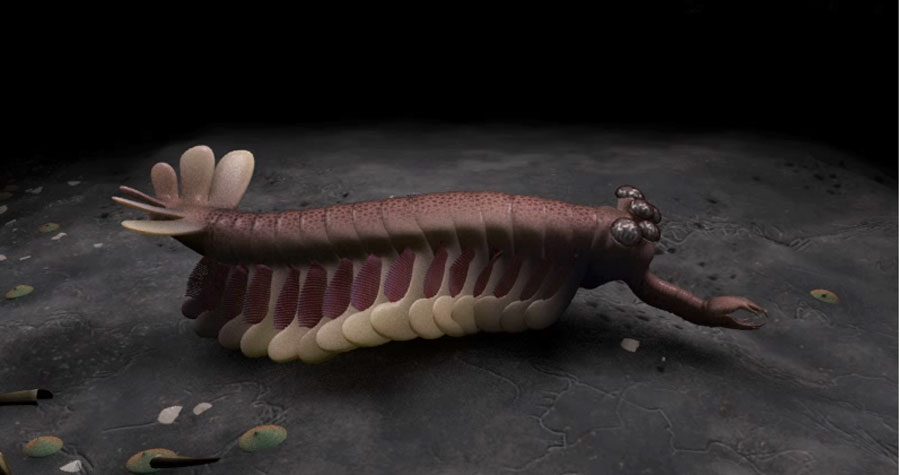
Opabinia lived on the bed of the sea mostly in search of food. It was just 1.6 inches in size from head to tail. There are no signs of the creature having legs and is believed to have used their limbs or by flapping them slowly to move from one place to another. There are other ancient creatures that you would be surprised to see that they even existed.
Titanoboa

Titanoboa has been now extinct from this planet who lived here some 60 million years ago after Cretaceous-Paleogene extinction period took place. According to scientists, it was the largest snake that ever lived on Earth. It measured 42 feet long and weighed some 2,500 pounds. Even after its extinction, it has helped the scientists with some questions.
The Answers
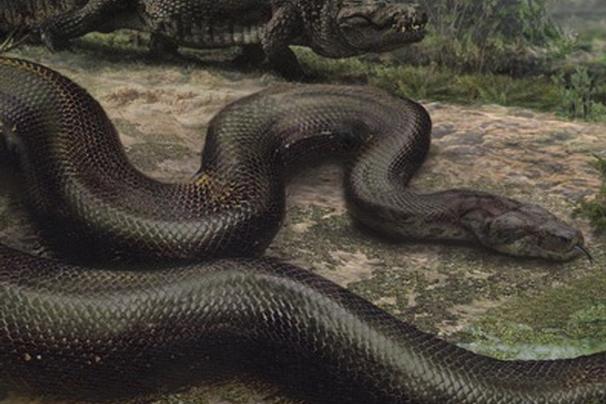
Titanoboa’s huge size helped the scientists to estimate the earth’s climate back then. Its existence has proved that snakes lived when the climate was warmer. Because of the warm climate, this cold-bodied snake was able to gain greater size than the modern day snake we have around.
Quetzalcoatlus
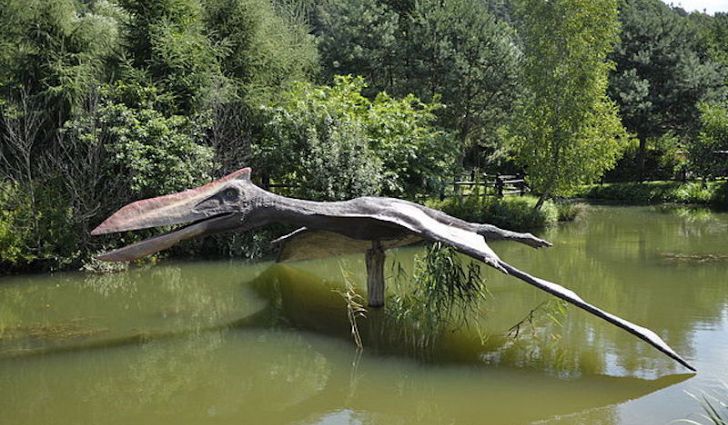
Quetzalcoatlus lived in North America. It is known as one of the largest known flying creatures. It belonged to the family of Azhdarchidae. The fossils which were discovered told the scientists that it had a wingspan of 36 feet. The fossils were discovered in Texas, United States. The fossils also proved that their population was largely concentrated in Texas which was during the Lancian stage.
Another Predator
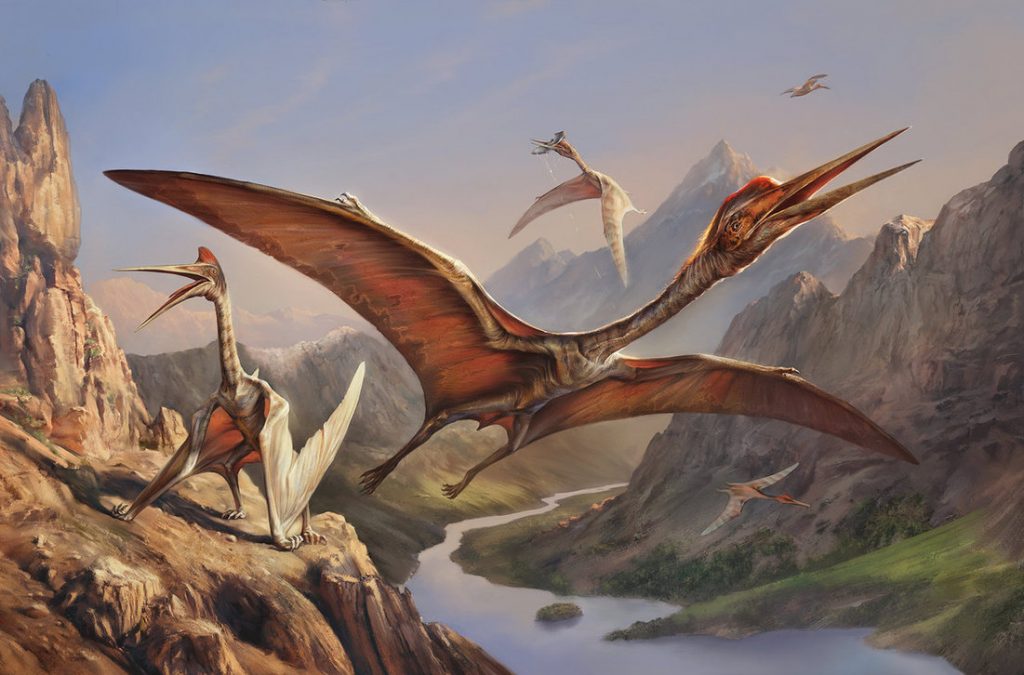
North America was its main hub. Quetzalcoatlus mainly preyed on small animals. According to several other studies which have suggested that basis on its long neck and toothless jaw they might have fed themselves like a modern-day skimmer.
